Describe the Role of the Placenta in Fetal Development
The relevance of the placenta extends far beyond the pregnancy being crucial for fetal programming before birth. Development of placenta Developed from two sources.

Placental Insufficiency What Is It Causes Symptoms Treatment And More Osmosis
A pregnant woman should avoid toxins and take in adequate nutrients for normal fetal growth and development.

. This indicates how strong in your memory this concept is. The placenta a mateno-fetal organ which begins developing at implantation of the blastocyst and is delivered with the fetus at birth. The placenta plays a key role in the nutrition of the fetus.
Describe the process of implantation noting the role of the trophoblast cells. Sevala et al 2007. The timeline of placental development shows how the placenta changes over the course of pregnancy.
The developing foetus inside its mothers uterus has no direct access to oxygen nor food molecules of course yet. The placenta develops within the uterus during pregnancy playing a key role in nourishing and providing oxygen to the fetus as well as removing waste material. As 5-HT has been shown to affect neuronal proliferation and axonal outgrowth during this period the placenta could provide substrates regulating brain development.
The placenta is the organ through which gases nutrients and wastes are exchanged between the maternal-fetal circulations. Defines the role of the placenta umbilical cord and amniotic sac during fetal development. When a woman becomes pregnant a flattened disc-shaped structure called the placenta develops in the uterus.
It is becoming apparent. During that 9 month period it provides nutrition gas exchange waste removal a source of hematopoietic stem cells endocrine and immune support for the developing fetus. The placenta has multiple functions that are fundamental for the proper development of the fetus.
The human placenta is discoid haemochorial and deciduate. It mediates the active transport of nutrients and metabolic wastes across the barrier separating maternal and fetal compartments as well as modifying the composition of some nutrients through its own metabolic activity. Implantation is the process of the zygote traveling through the uterine tube and implanting on the endometrium of the uterine wall the trophoblast secretes enzymes that break down the endometrium to reach the blood cells to assist in implantation.
The placenta allows nutrients and wastes to be exchanged between the mother and fetus. The size morphology and nutrient transfer capacity of the placenta determine the prenatal growth trajectory of the fetus to influence birth weight. Through the blood vessels in the umbilical cord the fetus receives all the necessary nutrition oxygen and life support from the mother through the placenta.
Immunological tolerance and fetal protection and that promote angiogenesis in the placenta during its development Mues et al 1989. Leibelab1 aNaomi Berrie Diabetes Center bDivision of Molecular Genetics and cDepartment of Pathology and Cell Biology Columbia University New York NY 10032F ollowing on the seminal observa-tions of Barker and associates 1. The placenta is a fetomaternal organ that enables the selective transfer of nutrients and gases between mother and fetus.
The placenta Greek plakuos flat cake named on the basis of this organs appearance. A crucial stage of placental development is when blood vessels in the lining of the uterus are remodeled increasing the supply of blood to the placenta. Roles of the placenta in fetal brain development Lori M.
The main function of the placenta then is to allow the exchange of materials between the foetal and maternal circulations. 5-HT is also reported to play a central role in the maturation of circuits that modulate emotional function in mice and polymorphisms in genes related to 5-HT function are associated with depressive. Yet our understanding of the human placenta is woefully limited.
This process called spiral artery remodeling is. The placenta is an organ that develops and implants in the mothers uterus to provide oxygen and nutrients to the fetus. During childbirth contractions of the uterus push the child out of the body.
1012012 941 AM 3 4. The placenta is an organ responsible for providing oxygen and nutrients and removing waste substances. The placenta a mateno-fetal organ which begins developing at implantation of the blastocyst and is delivered with the fetus at birth.
Throughout fetal development the placenta functions both as a unique agent of human symbiosis and as the fetal renal respiratory hepatic gastrointestinal endocrine and immune systems. Although they represent a significant presence on both the maternal and fetal sides of the placenta placental macrophage functions have not been completely elucidated and still remain a. Made partly by the uterus and partly from fetal tissue one side of.
The placenta is attached to the uterine wall and establishes connection between the mother and fetus through the umbilical cord. The placenta umbilical cord and amniotic sac protect and provide nutrients to the fetus. The function of the placenta is essential to the growth of a healthy fetus.
The fetus is connected to the placenta through the umbilical cord. The placenta is a central structure in pregnancy and has pleiotropic functions. Zeltserabc1 and Rudolph L.
Chorionic gonadotropin progesterone and placental lactogen. This organ grows incredibly rapidly during this period acting as a mastermind behind different fetal and maternal processes. It plays a central role in the health of both the fetus and its mother and has a lifelong impact on their future wellbeing.
Starting from week 9 of development the demands for nutrients increase which causes an increase in the surface area between the maternal and fetal components of the placenta what happens to the microanatomy of the placenta due to an increase of surface area between maternal and fetal components of placenta. The illustrations below show how the human placenta develops. It allows for the exchange of gases and nutrients between mother and fetus.
It grows into the wall of the uterus and is joined to the fetus by the umbilical cord. This organ is attached to the wall of the uterus with the babys umbilical cord arising from it. Indeed disordered placental development is the primary defect in major diseases of pregnancy such as pre-eclampsia fetal growth restriction recurrent miscarriage and still-birth.
The placenta is the largest fetal organ and the first to develop.
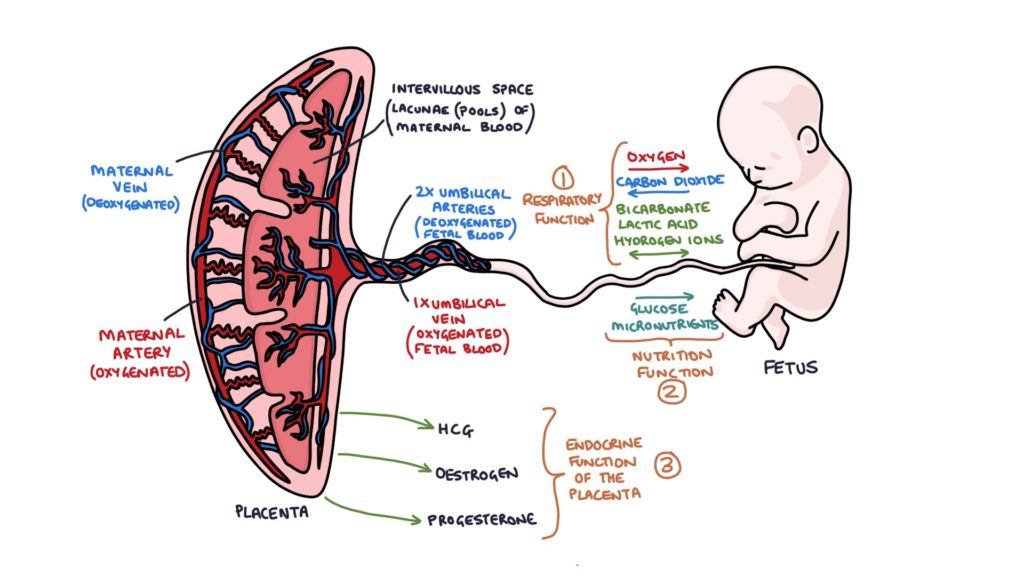
Function Of The Placenta Zero To Finals
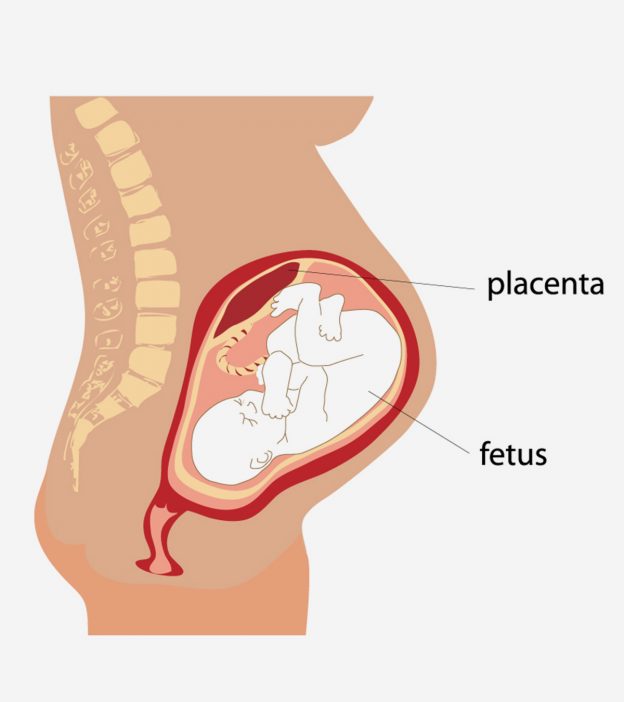
6 Functions Of Placenta During Pregnancy Symptoms Problems

What Is The Placenta Placenta Development Location Function Video Lesson Transcript Study Com
What Is The Placenta Pregnancy Birth And Baby

When Does The Placenta Form And What Does It Do Learn All About The Placenta Babycenter
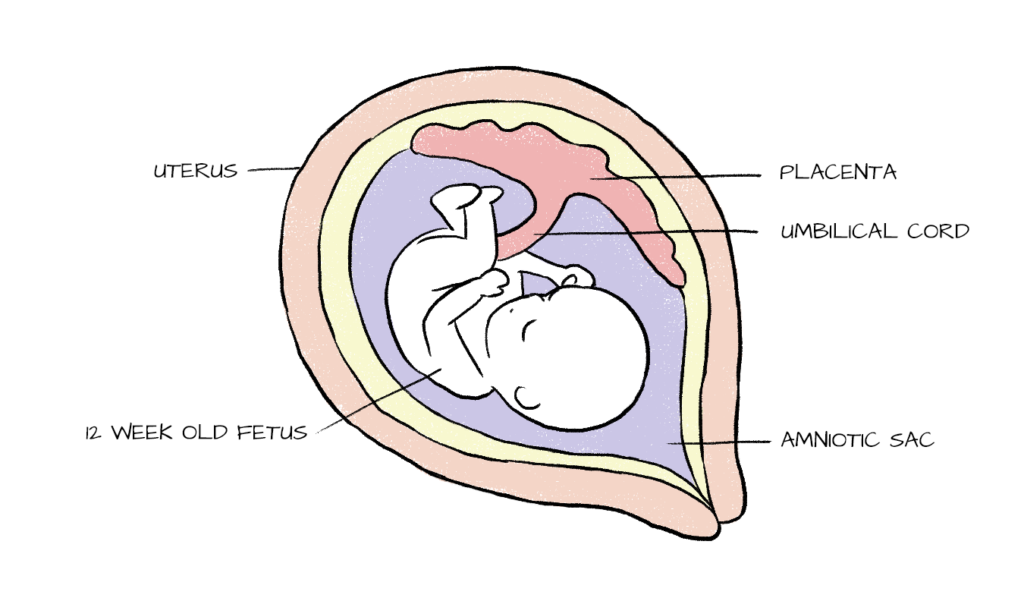
Why The Placenta Is The Unsung Hero Of Pregnancy
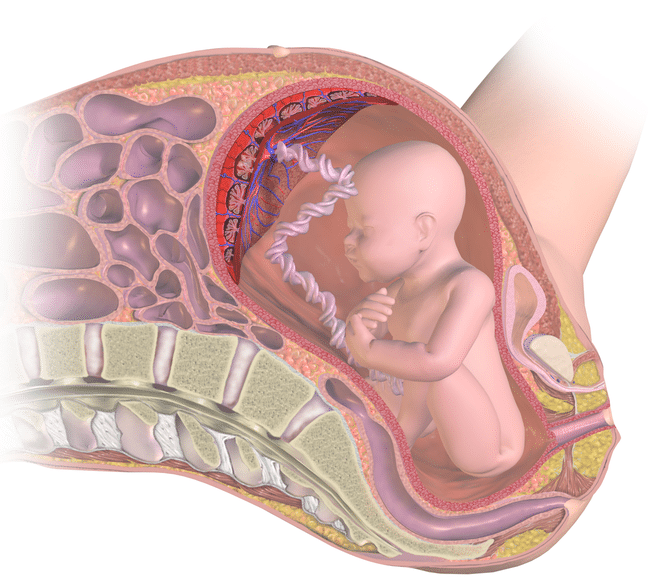
Placenta And Placental Development Clinical Relevance

Embryonic Development Bio103 Human Biology

High Risk Pregnancy What To Know About Placenta Accreta Babycenter

Illustration Of The Placental Barrier That Separates Between Fetal And Download Scientific Diagram
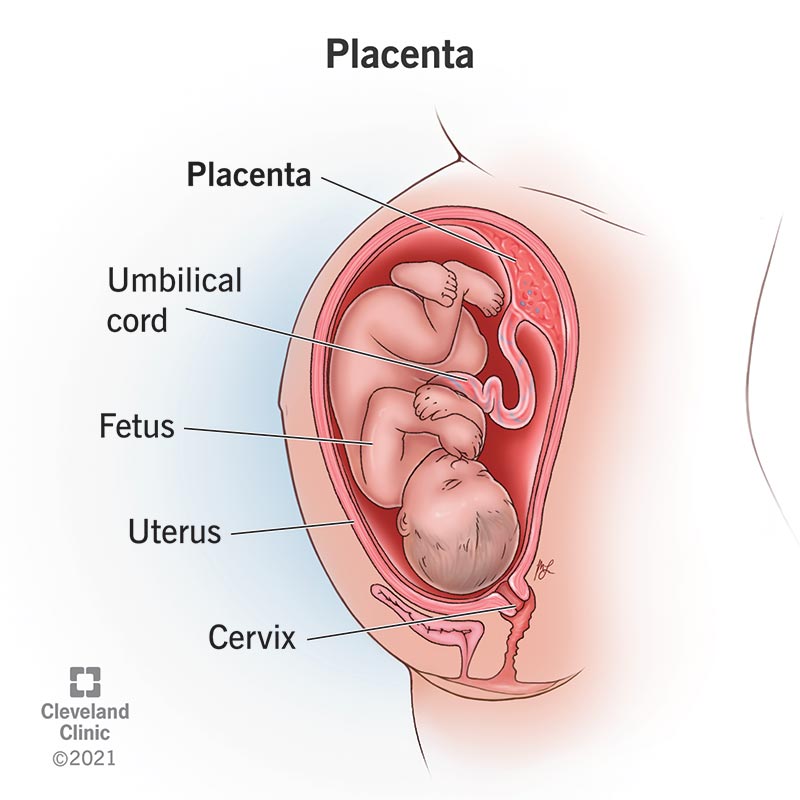
Placenta Overview Anatomy Function Complications

Placenta Plays A Critical Role In Maternal Fetal Resource Allocation Pnas
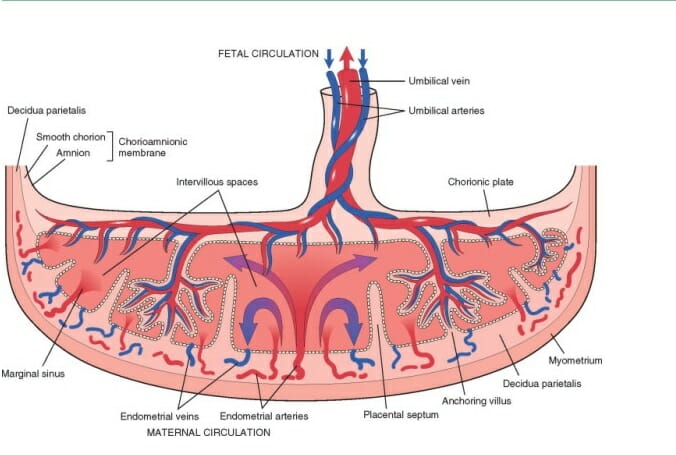
Placenta What Is It And How It Works Biology Dictionary

Understanding The Placenta Youtube

Illustration Of The Placental Barrier That Separates Between Fetal And Download Scientific Diagram

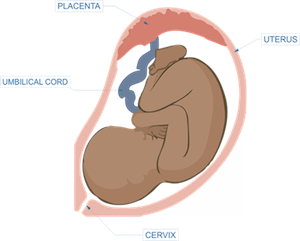
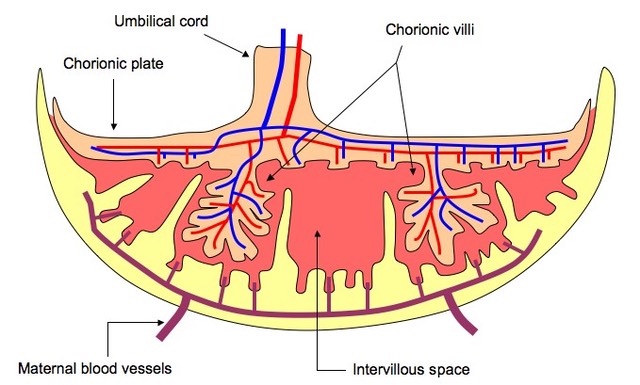
Comments
Post a Comment